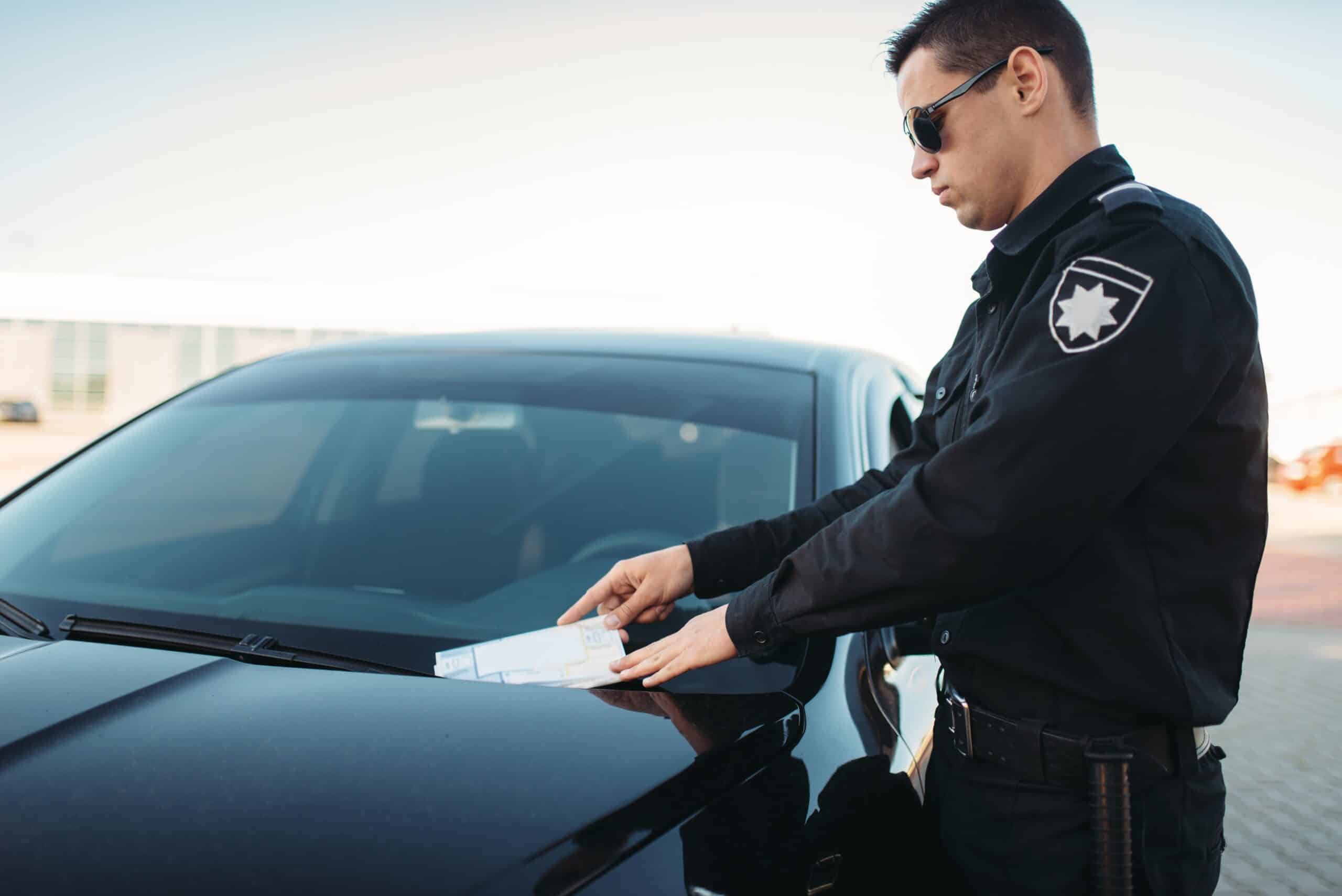The Effects of Airbag Deployment in a Car Accident Claim – Guest Post

Airbags were introduced as standard safety equipment in automobiles starting in 1998, with their inclusion extending to SUVs, passenger trucks, and vans in 1999. This advancement has dramatically elevated vehicle safety, which is crucial in protecting occupants and saving thousands of lives every year.
Over three decades, airbags have been instrumental in preserving more than 50,000 lives in the aftermath of car accidents. Beyond its primary function, this life-saving technology also plays a crucial role in mitigating the risk of various injuries during collisions, providing a reassuring layer of protection for those involved in vehicular accidents.
What is the Functioning of an Airbag During a Vehicular Collision?
During a moderate to severe collision, airbags are designed to deploy. This process is initiated when a crash occurs, and a signal is sent to the airbag control module. This signal triggers the igniter within the inflator, which then sets off a rapid chemical reaction that produces gas, instantly inflating the airbag.
Once deployed, the airbag is a protective cushion, creating a barrier that prevents the occupant from forcefully impacting the steering wheel or dashboard. Side airbags play a similar protective role, cushioning passengers against the potential force of slamming into the door or window during a side-impact collision, significantly enhancing the safety of those inside the vehicle.
That’s why finding a professional law firm like Eason Car Accident and Personal Injury Lawyers or Zayed Law Offices can help handle your possible issues.
The Consequences of Airbag Deployment in Car Accidents
If the airbags in your vehicle deploy during an accident, it can have several implications for your car accident claim. The deployment of airbags may affect the claim process in the following ways:
Assist with Injury Claims
The likelihood of sustaining severe injuries escalates in proportion to the intensity of the car accident. In such circumstances, deploying an airbag can serve as critical medical evidence, reinforcing the legitimacy of your claimed injuries.
However, it’s important to note that the insurance adjuster may adopt a confrontational approach. They could meticulously examine your medical records, aiming to determine whether your reported injuries correspond accurately to the circumstances of the accident.
There’s a concern that they might suspect exaggeration, particularly given that the airbag was deployed during the incident. Additionally, seeking prompt medical attention following an accident is imperative.
Any delays in receiving medical care can raise red flags about the authenticity and severity of your injuries, potentially complicating your case further. Ensuring you document and report your injuries immediately is vital for a strong claim.
Lead to Extra Injuries
Airbags, while essential for vehicle safety, can lead to serious injuries upon deployment, even when they function as intended. These safety devices inflate in approximately one-twentieth of a second, generating significant force that may cause a range of injuries, including:
– Facial injuries
– Damage to internal organs
– Neck injuries and whiplash
– Lacerations and abrasions
– Spinal cord injuries
– Cardiac injuries
– Seatbelt syndrome
– Chest and lung injuries
– Broken bones and fractures
– Traumatic brain injuries
– Soft tissue injuries
– Back injuries
Justin Watkins, Founder of Battle Born Injury Lawyers, noted that understanding these potential risks is essential for ensuring safety during a collision. The chemicals in airbags are generally safe. However, being exposed to these chemicals can cause injuries. The loud sound when an airbag deploys can also harm your hearing.
Fatalities And Injuries Caused By Defective Airbags
Airbags are crucial for safety, but they can sometimes fail to deploy or operate incorrectly due to specific issues. When airbags malfunction, they pose a serious risk, potentially leading to severe injuries or wrongful death.
Here are the key reasons for airbag failures:
- Faulty sensors
- Manufacturing or design defects
- Incorrect placement of the crash sensor
- Vehicle speed at the time of impact
- Direction or location of the collision
- A smaller person or child is sitting in the front seat.
It’s vital to understand these factors to ensure safety on the road. If an airbag doesn’t deploy during a crash, the people inside the vehicle might get hurt more, or their injuries could be worse than if the airbag had worked. It’s essential to find out why the airbag didn’t deploy, as this will help determine who is at fault for any injuries caused by the airbag.
Who is Responsible for Injuries Caused by Airbags in a Car Crash?
In a car accident, the driver at fault is liable for any damages and injuries resulting from the collision. That includes injuries caused by an airbag deployment, since the airbag would not have activated without the crash.
However, liability can also involve third parties. If the airbag is defective, the manufacturer may be responsible for any injuries caused by its malfunction. Similarly, a repair facility could be held accountable if a poorly installed airbag leads to injuries. It’s essential to investigate all potential sources of liability to ensure victims receive proper compensation.
You may be able to hold more than one party responsible for the economic and non-economic damages from a car accident. Talk to a lawyer before you agree to an insurance company’s settlement offer. They can help you ensure the offer is the highest amount you can get for your claim.




Recent Comments